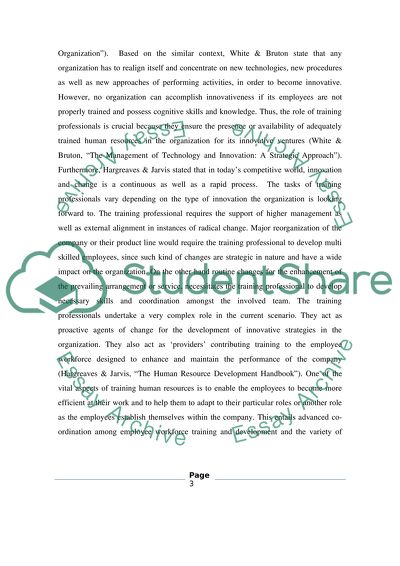Cite this document
(Training Professionals have a Leading Role in Innovation and Change Essay, n.d.)
Training Professionals have a Leading Role in Innovation and Change Essay. Retrieved from https://studentshare.org/professional/1431281-training-professionals-have-a-leading-role-in
Training Professionals have a Leading Role in Innovation and Change Essay. Retrieved from https://studentshare.org/professional/1431281-training-professionals-have-a-leading-role-in
(Training Professionals Have a Leading Role in Innovation and Change Essay)
Training Professionals Have a Leading Role in Innovation and Change Essay. https://studentshare.org/professional/1431281-training-professionals-have-a-leading-role-in.
Training Professionals Have a Leading Role in Innovation and Change Essay. https://studentshare.org/professional/1431281-training-professionals-have-a-leading-role-in.
“Training Professionals Have a Leading Role in Innovation and Change Essay”, n.d. https://studentshare.org/professional/1431281-training-professionals-have-a-leading-role-in.


